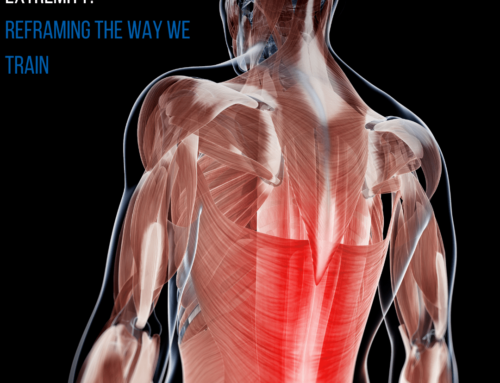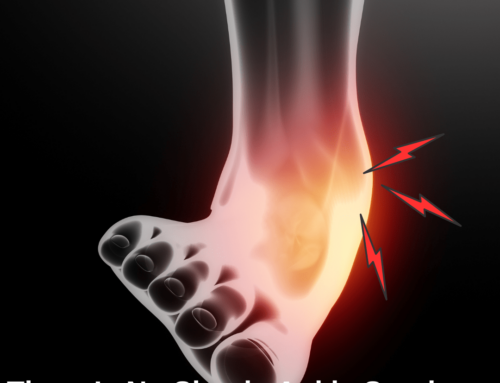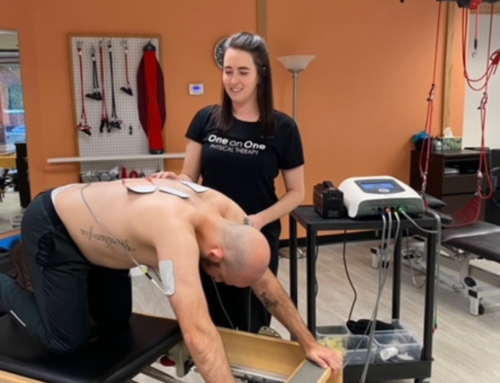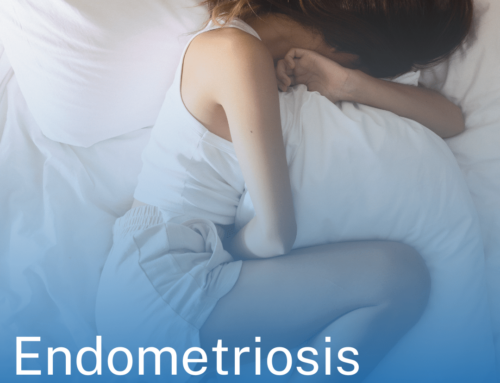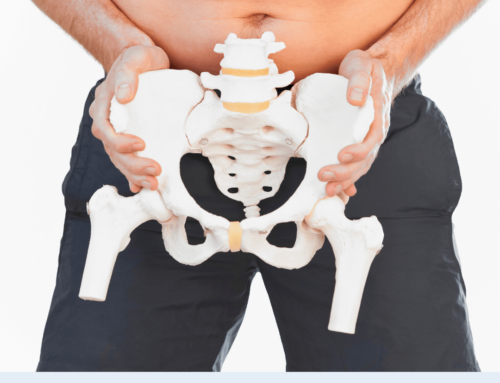My Jaw Hurts
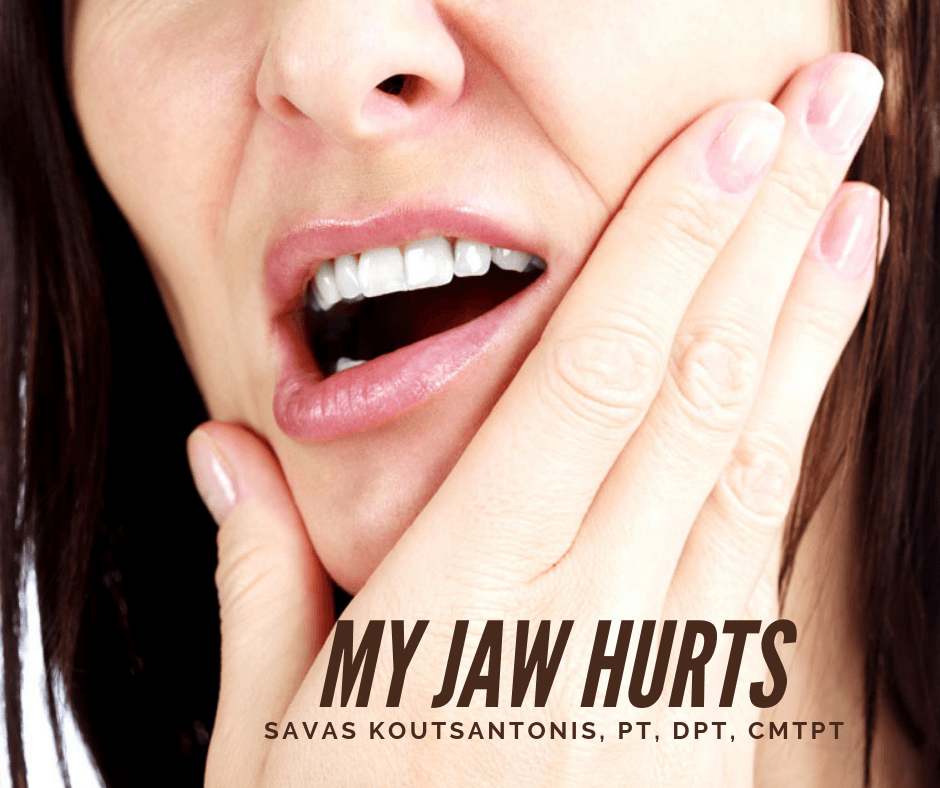
Let me ask you…are your teeth touching right now? Do you have jaw pain? Do you hold your stress by clenching your teeth?
One of the easiest ways to relieve jaw pain is to learn to relax your jaw and facial muscles and maintain a proper resting jaw position. Your teeth should NOT make contact but should be slightly separated at rest. The tip of your tongue should be touching the roof of your mouth behind your top teeth and lips should be closed. In this position, you should be able to wiggle your jaw in all directions in a relaxed manner.
Temporomandibular Disorders (TMD) involve the jaw, the Temporomandibular Joint (TMJ) and/or the muscles involved in eating located in the face and head. TMD leads to problems including pain, restricted jaw movement, and joint noises such as clicking.
Research has shown the prevalence of TMD ranges between 3% and 15% in the Western population. Women are more frequently affected than men. Female TMD patients rated their stress levels significantly higher. We now know that those who suffer from TMD are more likely to have other co-morbidities such as headaches and cervical (neck) issues.
Physical Therapists at One on One Physical Therapy have advanced training in treating TMD, headaches, cervical pain, and other orofacial issues (conditions affecting the mouth, face, head and neck).
So, What Causes TMD? Usually the cause is unknown, but consider the following:
- Trauma
- Repetitive stress i.e. clenching
- Habits such as gum chewing, leaning or resting on jaw
- Holding patterns or bracing during psychological stress
- Poor postures especially forward head positioning
Common Symptoms of TMD:
- Pain in the area of the TMJ , jaw musculature or face, and even the ear
- Pain with mouth opening, chewing and/or yawning
- Joint sounds with jaw movement
- Limited mouth opening
- Deviations of the jaw with opening/closing
- Intermittent jaw locking
Muscle vs Joint
TMD is typically a muscular or a joint problem; but can be a combination of both.
Complaints Associated with a Muscular Problem:
- Pain in the face, jaw, temple, or ear
- Pain increases with chew, talk, yawn, leaning on jaw
- Wakes with pain at night or has pain in A.M. upon waking
- Ear symptoms like ringing or fullness/pressure
Complaints Associated with a Joint Problem:
- Pain in the face, jaw, temple, or ear within the past few months
- Pain increases during the day with chewing, talking and/or yawning
- Pain with jaw movement: open/close, side to side, forward thrust
- Limitations in jaw movement
- May have clicking noise with jaw movement
- Specifically points to the TMJ
Physical Therapy Treatment for Jaw Pain
- Education and behavioral modification: postures, habits, sleep position, diet, stress awareness, relaxation training
- Manual Therapy: trigger point release, dry needling, manual assisted stretching and mobility, joint mobilization
- Jaw specific exercise
- Cervical (neck) spine assessment: mobilizing joints, restoring function, as there is coordination between the jaw and head/neck during normal jaw opening and closing tasks.
- Referral for oral appliance as needed along with communication with patient’s TMJ specialist/Dentist
Before treatment: severe left lateral jaw deviation with clicking (reduction)
After one treatment: significant change including more normalized opening without clicking
Does any of this sound familiar? Are you having jaw or face pain? Is your jaw getting tighter and harder to open? There is no need to suffer! We are here to help! Physical Therapists provide a thorough assessment and a tailored treatment program for your needs. To book an appointment, call 770-500-3848. To learn more, visit www.onetherapy.com.
Savas Koutsantonis PT, DPT, CMTPT, brings over 30 years of physical therapy experience to One on One PT, and holds a Doctorate of Physical Therapy Degree from A.T. Still University of Health Sciences, Arizona School of Health Sciences. Savas can be reached at savas@onetherapy.com.
